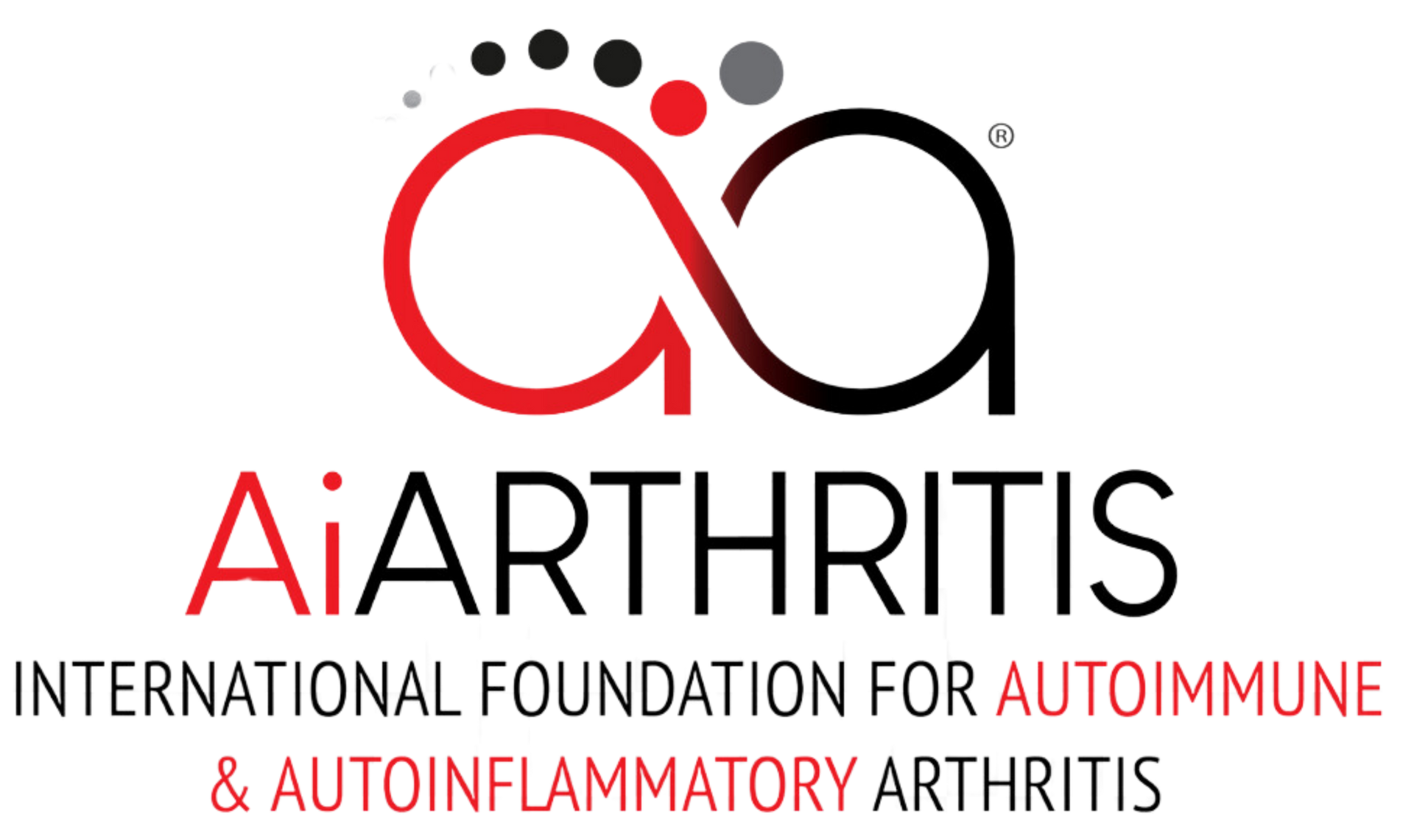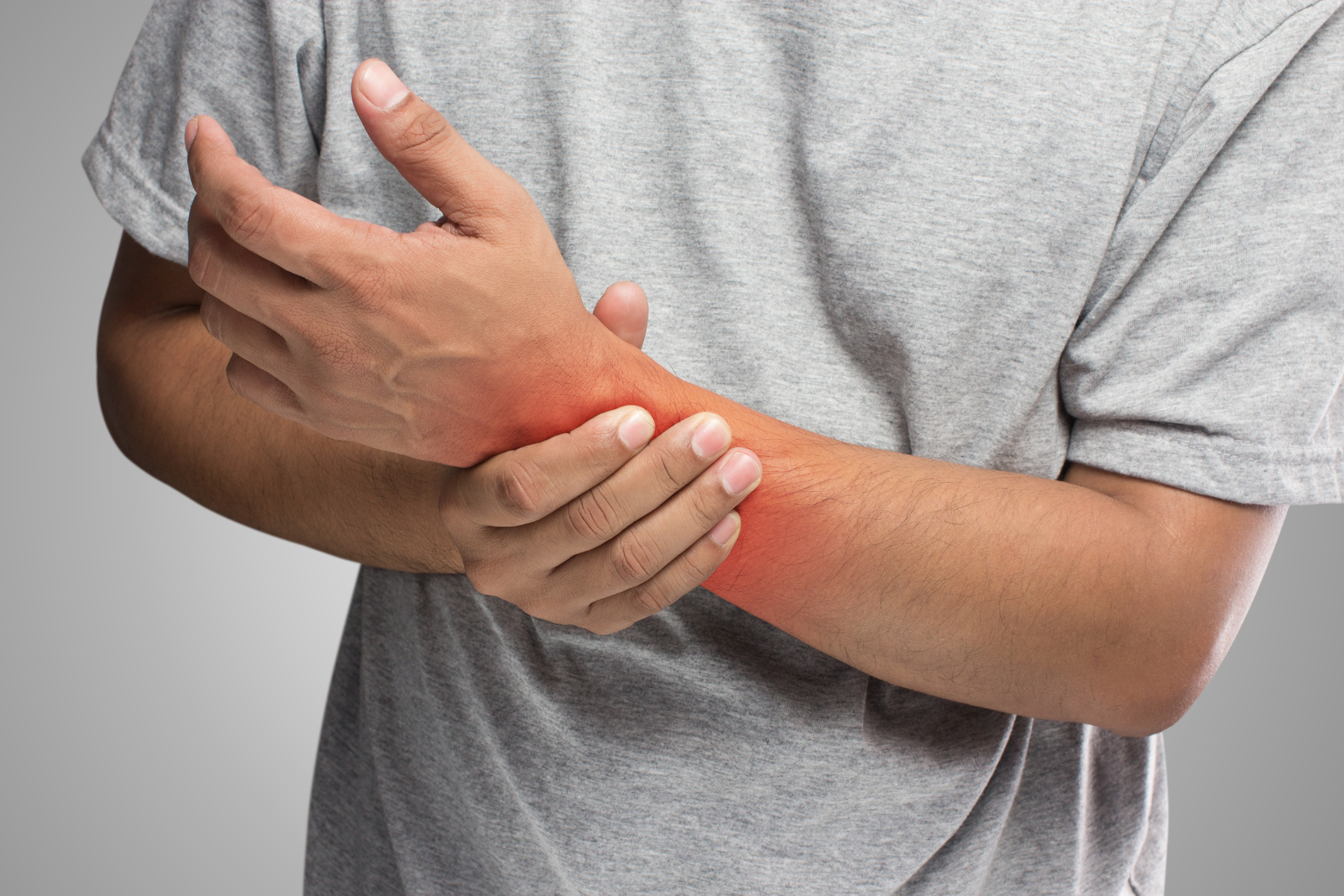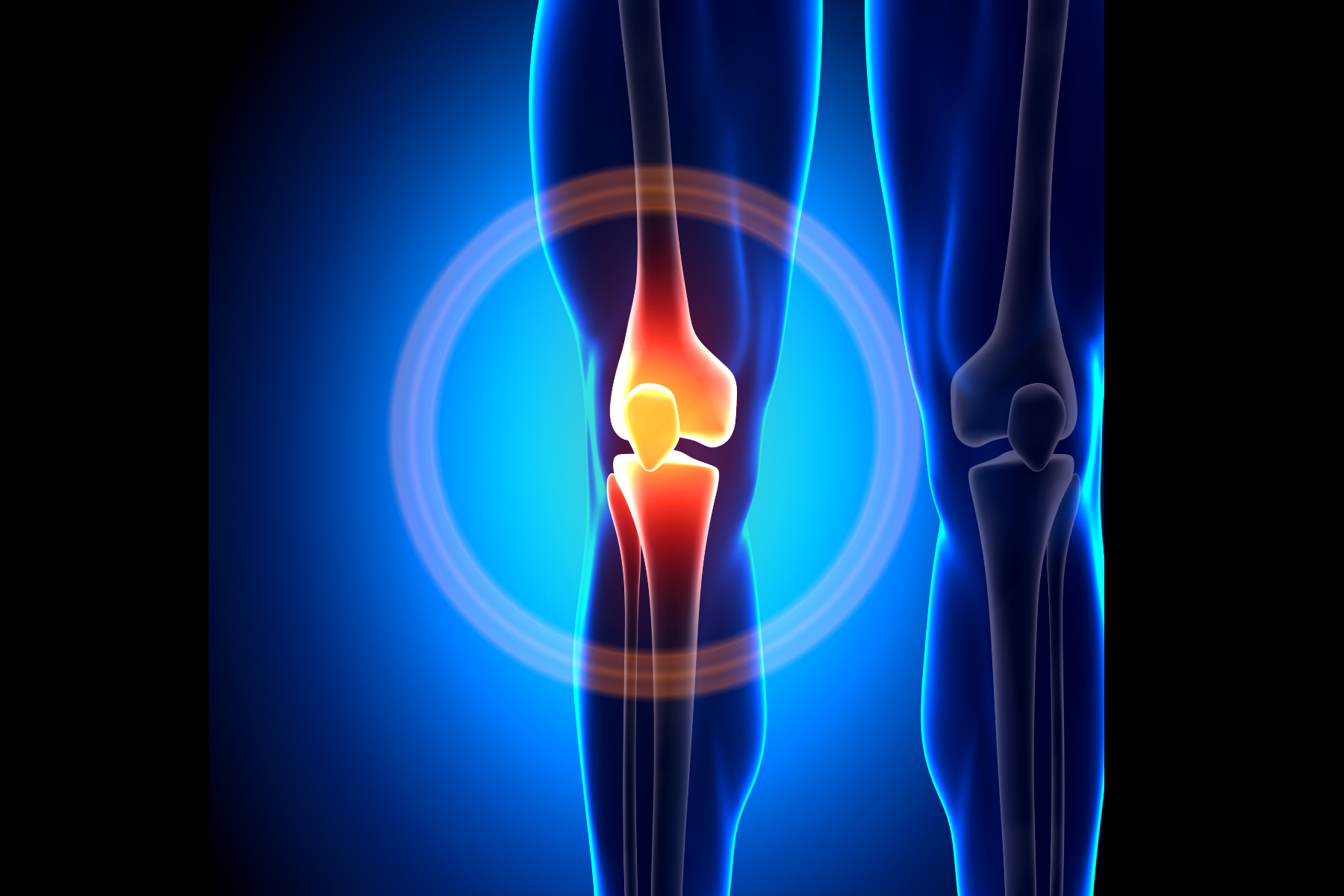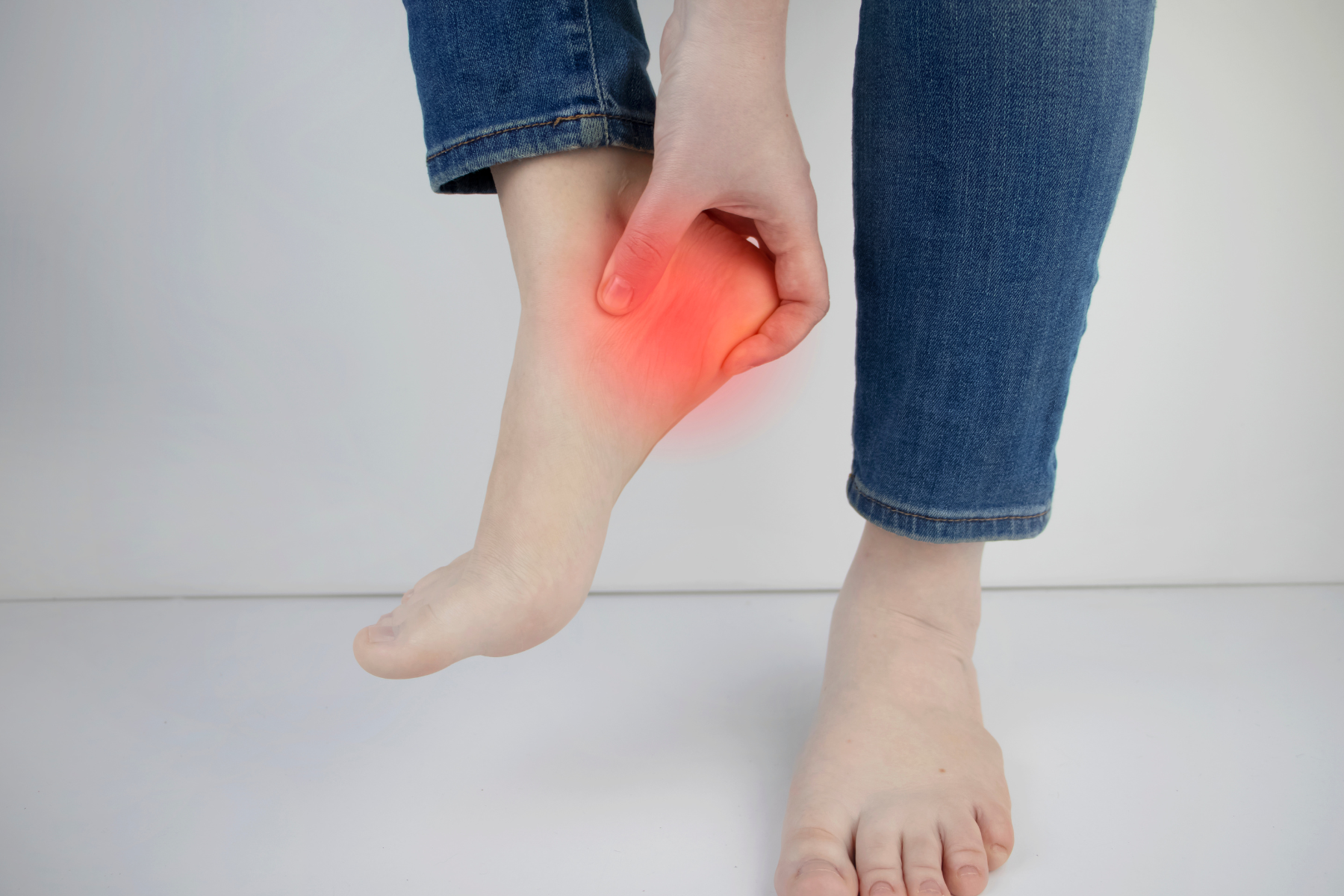Palindromic Rheumatism
How to pronounce it: Palindromic - pAL-in-droh-mic
Rheum - roo-muh-TIZ-em
AiArthritis defines Palindromic Rheumatism as:
Palindromic Rheumatism is a type of inflammatory arthritis that causes sudden joint pain and swelling. These attacks come and go, and the joints usually return to normal between episodes without causing lasting damage.
Symptoms & Characteristics
Common in All AiArthritis Diseases
Flares: Periods of worsening symptoms are called flares. A flare can last for hours, days, weeks, or months.
Physical Activity: Condition improves with activity and exercise and worsens with rest.
Comorbidities: When inflammation is left uncontrolled due to lack of proper treatment, comorbidities can develop. 70% of patients with chronic, lifelong disease will develop comorbidities, including dual or triple diagnoses.
Family History:
Autoimmune diseases often run in families, indicating a potential genetic predisposition where that gene can cause disease. Autoinflammatory diseases can occur multiple times in a family, but is based off of genetic mutation. It is not a gene that causes the disease— but a mutation on the gene that can cause the disease which can then be passed on to the next generation.
"Auto" Symptoms
Fatigue: Severe fatigue or exhaustion that may not be helped by caffeine/stimulants and can happen even after a long period of rest.
Cognitive Dysfunction: Brain fog or periods of time where thinking gets clouded and it becomes difficult to concentrate.
Flu-like symptoms: Without having the flu- nausea, muscle weakness, and general malaise.
Fever: Typically low grade in autoimmune (with exception of juvenile idiopathic arthritis) and higher grade in autoinflammatory (% strongly varies per disease).
Reference: Early Symptoms of AiArthritis Study, AiArthritis, 2019.
Inflammatory Arthritis Symptoms
Stiffness: Severe stiffness in one or more joints, especially in the morning or after sitting for long periods of time.
Joint Pain: Episodes of joint pain that may last for hours, days, or even weeks, that can appear and disappear suddenly. Often described as “jumping pain” into different locations.
Typically the joint pain will coincide with one or more “Auto” symptoms and start and stop suddenly - for no apparent reason (which is called a "flare"). Some people will experience all of the above symptoms, others only a few.
If you have any of the arthritis features, and at least one of the “Auto” features, please consult your physician about a referral to a specialist.
Symptoms Often Associated with Palindromic Rheumatism
- Sores (mouth and genital)
- Skin lesions that look like acne
- Eye inflammation (blurred vision, pain)
- Gastrointestinal problems
- Blood clots
- Gastrointestinal symptoms
- Inflammation of the brain and spinal cord, with severe headaches, stiff neck, and fever
- Lung involvement
Diagnosing Palindromic Rheumatism
There’s no single test that can confirm a palindromic rheumatism diagnosis, so rheumatologists use a combination of physical exams, blood tests (such as ESR, CRP, and antibody tests), and imaging (like X-rays), along with a family history of autoimmune or autoinflammatory diseases.
Since symptoms are intermittent, it is important to have tests and imaging done during an attack or flare to capture the signs of inflammation. If that’s not possible, documenting symptoms through photos and symptom logs can be essential for aiding diagnosis.
Palindromic Rheumatism Treatment Options
Treatment OptionsTreatments are tailored to each individual's disease, but visit our Treatment Options page to learn more about the different types of treatments that are used for Palindromic Rheumatism.
What Fellow Palindromic Rheumatism Patients Want You to Know
Submit YOUR AdviceWe need YOUR advice! Fill out this form to give peer advice to those with your disease.
Interesting Facts about Palindromic Rheumatism
- Palindromic rheumatism was first described in 1928 by Dr. Hench. The name “palindromic” refers to the recurring nature of the disease, where joint inflammation episodes appear and disappear suddenly, much like a palindrome reads the same forward and backward. It can be a precursor to rheumatoid arthritis in some patients.
- The cause of palindromic rheumatism is unknown, although a possible allergic origin has been suggested.
About 33-50% of the people who have palindromic rheumatism eventually develop rheumatoid arthritis (RA)
Palindromic Rheumatism Awareness Days/Months
- World Autoimmune and Autoinflammatory Arthritis Day - May 20th
- Rare Disease Day - February 29th (28th)
- Autoimmune Awareness Month - March
- Rheumatic Disease Awareness Month - September
- Pain Awareness Month - September
- Chronic Disease Awareness Day - July 10th
- Invisible Disabilities Week - 3rd full week of October
Other Palindromic Rheumatism Resources
In an effort to ensure this page has the most accurate and up-to-date information, this page is currently awaiting medical review. Some information is subject to change.
Page Last Updated: 10/31/2024




